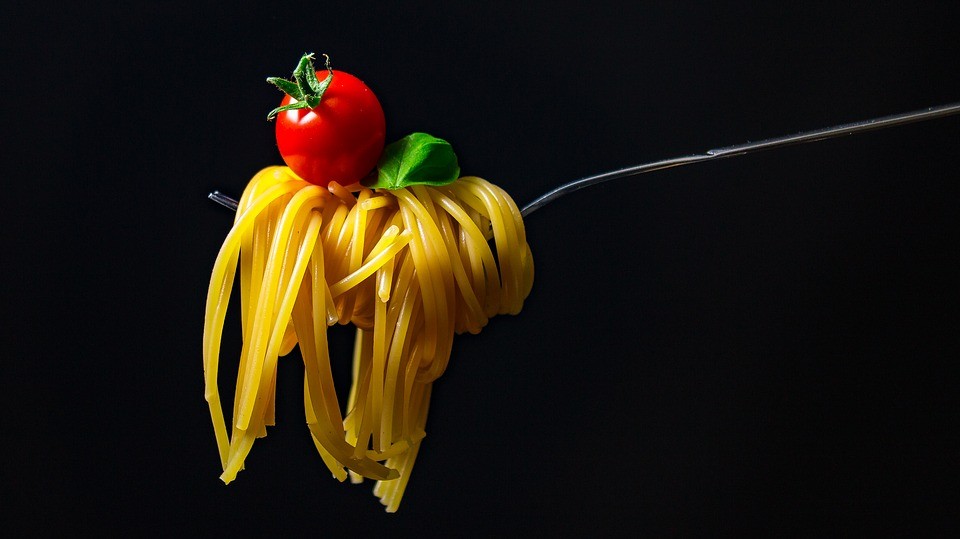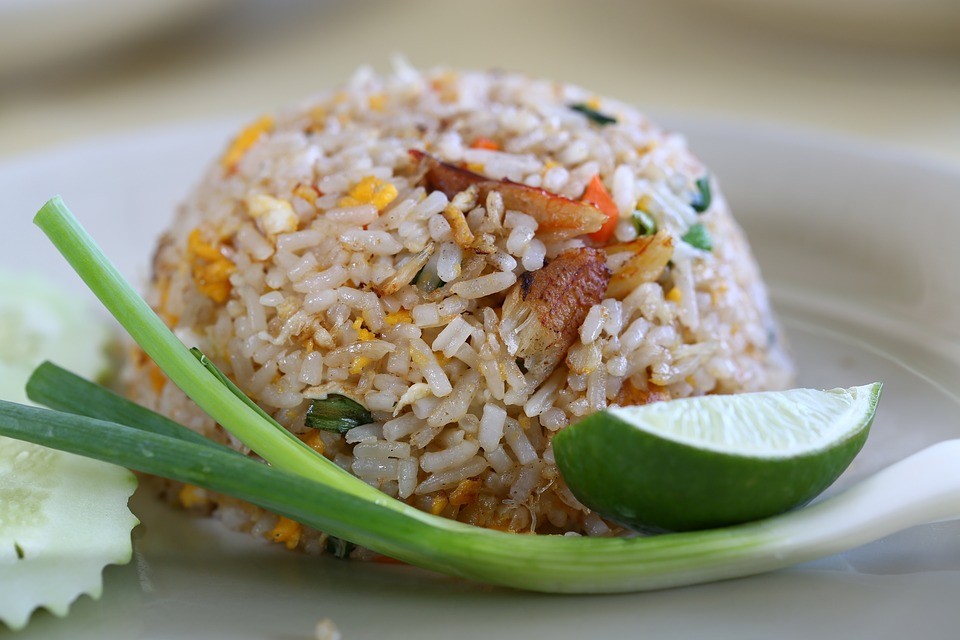The Origins and Uses of Pita Bread
Nearly every civilization since prehistoric times has made some type of bread, flatbreads, and pita loaves were some of the very first ever made. From what archeologists can determine, the pita originated with peoples west of the Mediterranean. It may have been the Bedouins who first made it. The thinking is that after a long day in the sun, traversing the desert, they made camp and prepared a modest meal. Powdered grain was mixed with water to make a dough which was formed into flat round loaves. The loaves were placed over the bottom of the mixing vessel and baked over an open fire. This bread was used as a utensil, as well as for food. As a bowl, a scoop, a wrap, or a pocket, pita is at its best when tasted with all the distinctive foods that can be put on top or enfolded in this bread.
With Middle Eastern beginnings, you expect to find pita along with other foods from the same region. For example, hummus with pita is a classic combination. Still, the possibilities of foods to pack, dip, or wrap a pita with are almost limitless.
Many traditional cultures use the pita more like a soft taco, either disregarding the pocket or having a pocketless pita. Additionally, the pita is often torn apart into pieces and eaten with all types of sauces, spreads, and dips.
Pita’s popularity in the US is partially because the pocket functions wonderfully as sandwich bread but is usually less in calories compared to traditional sandwich breads. In addition, whole wheat pita is one of the healthier bread choices you can make. It’s low fat, relatively lower in calories, contains fiber, and is the perfect blank pallet for a host of other healthy items.
At Paymon’s, we serve pita with many of our Middle Eastern dishes, but we also feature several choices of pita bread sandwiches. Click here to see the options https://bit.ly/2Iud14h. From traditional gyros to a buffalo chicken wrap, our pita bread sandwiches are a great way to see how versatile this ancient bread really is.




